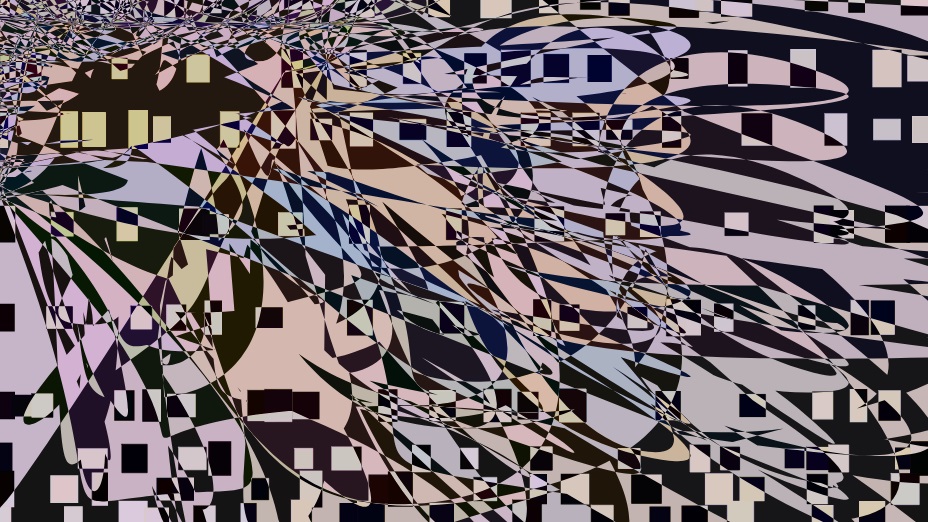October 25, 2021
Text to Art: Turn Your Novel into an Art Design
Translating texts into other forms of art is something that fascinates me. Especially when some sort of semi-random, computer-mediated process is involved. There’s something idealistic about it, having to do with aesthetics, beauty, and the meaning behind art which, remember, is holistic. And so, Text to Art is a little program I put together to explore this very thing: How turning a text – a poem, a novel, or a simple sentence – into a visual design would look like.

Text to Art: How It Works
The interesting thing about Text to Art is that the designs are made using the uniquely calculated hash number associated with the text. Though each render returns a slightly varied result (due to subtle randomization patterns), each work has a distinctive style, present in all renders. However, even a very slight change – a single sentence in an entire novel – can greatly modify the result.
And so, the string “Burden of proof” generates the hash 1525781130233444 and returns the image you see above. Yet the string “burden of proof” (lowercase “b”), generates the hash 8484125097351894 and returns this:

The program uses the uniquely calculated hash to decide on things like, among others, the color palette, the shapes that will be used and their arrangement, as well as density and similar factors. As I said, each time you run the renderer, the result is subtly different, but the overall style and theme are unchanged, allowing you to associate a design with a given text.
A Few Examples
For example, here is a set of three renders for A Christmas Carol:



And here’s another set of three renders, this time for Dracula:




Do you know what the fourth image is? It’s what happens when you change one (1) of the ~160,000 wordsI suppose we would refer to this as the wordCount of the novel! found in Bram Stoker’s novel. I changed “My dearest Mina” to “My dear Mina”. Look how entirely different the result is!
Does all this sound a bit familiar? It’s based on ideas I’ve used before, mostly my Book Worming Party project. The beauty of Text to Art, however, is that it’s much simpler and more intuitive.
Note 1: Looking for code doing the opposite, that is, image-to-text? Why don’t you take a look at my silly attempt using TensorFlow?
Note 2: This program used to be available to access, but I have since retired it. I might re-enable it at some point, if I find some motivation. For the rest of my programs, check the relevant page on the main site.
I don't show you ads, newsletter pop-ups, or buttons for disgusting social media; everything is offered for free. Wanna help support a human internet?
(If you'd like to see what exactly you're supporting, read my creative manifesto).
